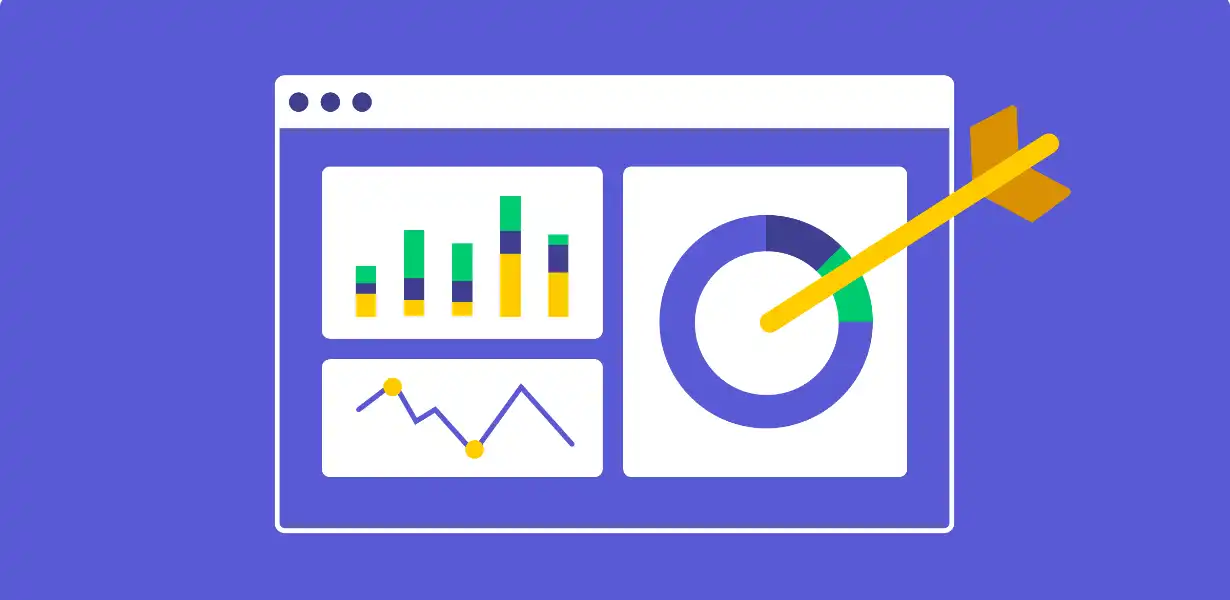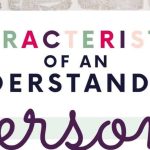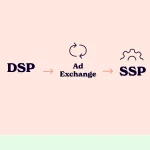
Data Goldmine: Enhancing RTB Performance Through Advanced Data Analytics Techniques
- Post
- August 9, 2023
- Ad Serving Tech, Real-time Bidding, RTB Strategies
- 0 Comments
In the ever-evolving landscape of digital advertising, Real-Time Bidding (RTB) has emerged as a powerful strategy for marketers to achieve targeted reach and optimized performance. RTB leverages data-driven decision-making to connect advertisers with their desired audience in real-time auctions. In this comprehensive guide, we delve into the depths of data analytics techniques that can revolutionize your RTB strategy, maximizing its impact and ensuring a competitive edge in the digital realm.
Introduction: Decoding the Power of Data Analytics in RTB
In a digital ecosystem brimming with data, the concept of leveraging data analytics to enhance RTB performance isn’t merely a trend—it’s a necessity. Marketers today possess an unprecedented amount of information at their fingertips, and the ability to harness this data strategically can unlock unparalleled advantages.
Understanding Real-Time Bidding Strategies
Before delving into the intricacies of data analytics, it’s crucial to grasp the fundamental concepts of real-time bidding strategies. RTB, at its core, is an auction-based system where advertisers bid for ad impressions in real-time. However, successful RTB strategies require more than just bidding—it demands precision, insight, and optimization.
The Role of Data Analytics in RTB
At the heart of a successful RTB campaign lies the ability to analyze and interpret data effectively. Data analytics empowers advertisers to make informed decisions by dissecting intricate patterns, uncovering audience behaviors, and predicting market trends. Leveraging advanced analytics techniques, such as machine learning and predictive modeling, can significantly enhance the accuracy of bid placements.
Unveiling Data Collection Techniques
The first step toward optimizing RTB performance through data analytics is the collection of relevant data points. This encompasses not only demographic information but also user behavior, browsing history, and contextual data. Utilizing cookies, pixels, and third-party data sources allows advertisers to create a comprehensive profile of their target audience.
Segmentation: The Power of Precision
Data analytics enables advertisers to move beyond broad strokes and into the realm of micro-segmentation. By categorizing audiences based on specific attributes and behaviors, advertisers can tailor their bids to resonate with each segment. This level of precision not only enhances ad relevance but also improves the chances of conversions.
Predictive Modeling for Bid Optimization
One of the most potent applications of data analytics in RTB lies in predictive modeling. By analyzing historical data, advertisers can predict which ad placements are more likely to result in conversions. This allows for strategic bidding, focusing resources on impressions that align with the highest potential for engagement.
Dynamic Creative Optimization (DCO)
Data analytics isn’t confined to bid placements alone—it extends to the creative aspect as well. DCO involves using data-driven insights to dynamically customize ad creatives based on the viewer’s profile, behavior, and context. This ensures that the ad displayed is not only relevant but also captivating.
A/B Testing in RTB Campaigns
Data-driven decision-making isn’t a one-time effort—it’s an ongoing process of refinement. A/B testing plays a pivotal role in this by enabling advertisers to test variations of their strategies and creatives. By comparing the performance of different elements, advertisers can iteratively enhance their RTB campaigns.
Attribution Modeling: Unraveling Conversion Paths
Attribution modeling is another data analytics technique that sheds light on the customer journey. By analyzing touchpoints across various channels, advertisers can assign credit to each interaction, providing insights into the most effective avenues for engagement. This information is invaluable for optimizing budget allocation.
Final Words: Mastering the Art of Data-Driven RTB
In a digital landscape fueled by data, the true potential of RTB lies in harnessing the power of data analytics. From precise segmentation to predictive modeling, each technique discussed here contributes to optimizing RTB performance. By delving into the depths of data, advertisers can not only enhance their RTB strategies but also pave the way for innovation and success in the dynamic realm of digital advertising.
Commonly Asked Questions
Q1: Can data analytics truly revolutionize RTB strategies?
A1: Absolutely. Data analytics empowers advertisers with insights into audience behavior, enabling precise targeting and bid optimization that can significantly enhance RTB performance.
Q2: Is A/B testing worth the effort in RTB campaigns?
A2: Without a doubt. A/B testing allows advertisers to fine-tune their strategies iteratively, leading to improved ad relevance, engagement, and conversion rates.
Q3: How does predictive modeling work in RTB?
A3: Predictive modeling involves analyzing historical data to predict the likelihood of conversions. This allows advertisers to strategically focus their bids on impressions with higher potential for engagement.
Q4: What is the role of dynamic creative optimization (DCO) in RTB?
A4: DCO uses data-driven insights to customize ad creatives based on viewer profiles and context, ensuring relevance and engagement.
Q5: Why is segmentation crucial in RTB strategies?
A5: Segmentation enables advertisers to categorize audiences based on attributes and behaviors, leading to highly targeted bids and improved ad performance.




